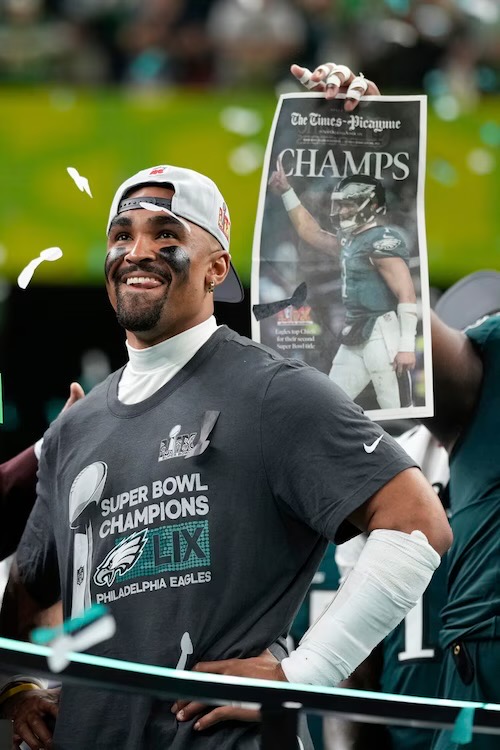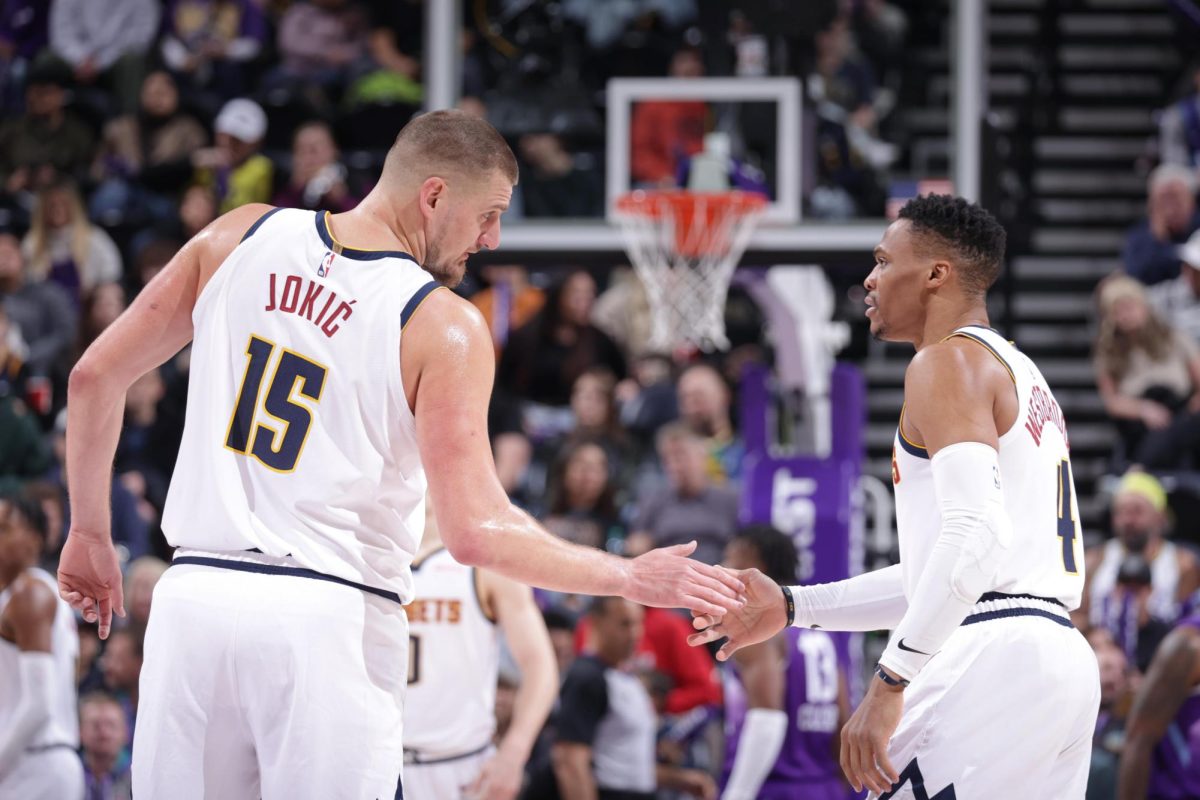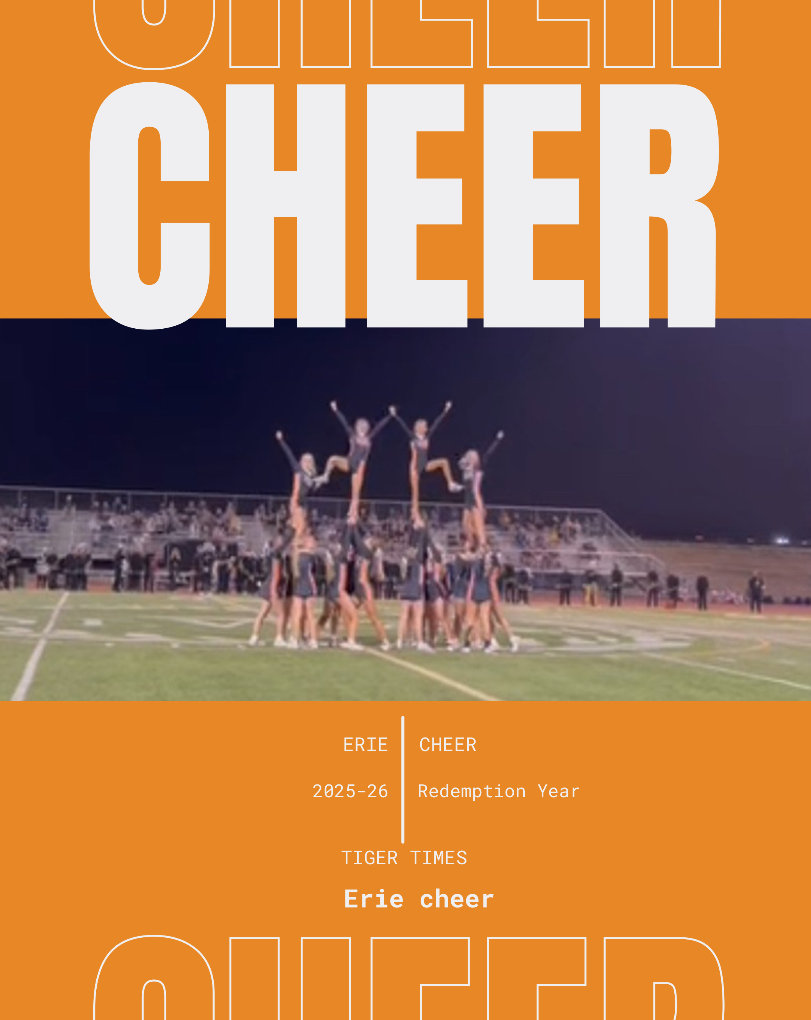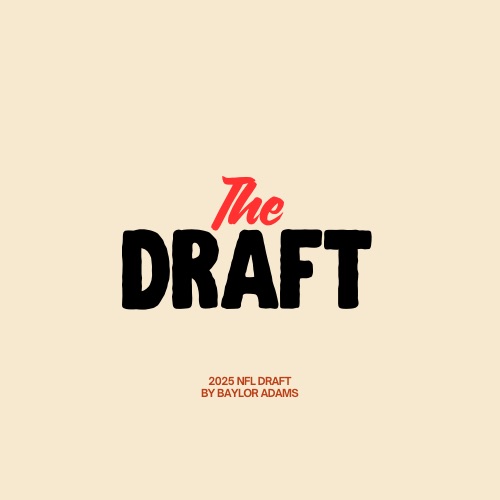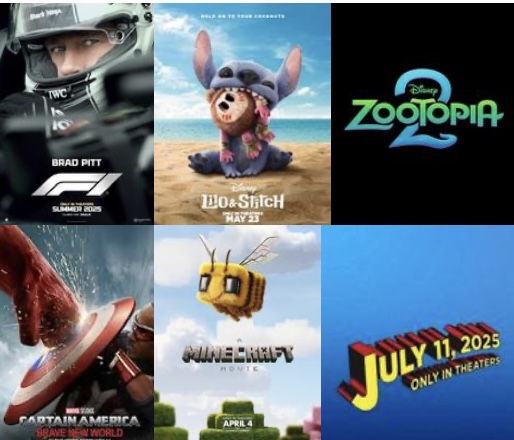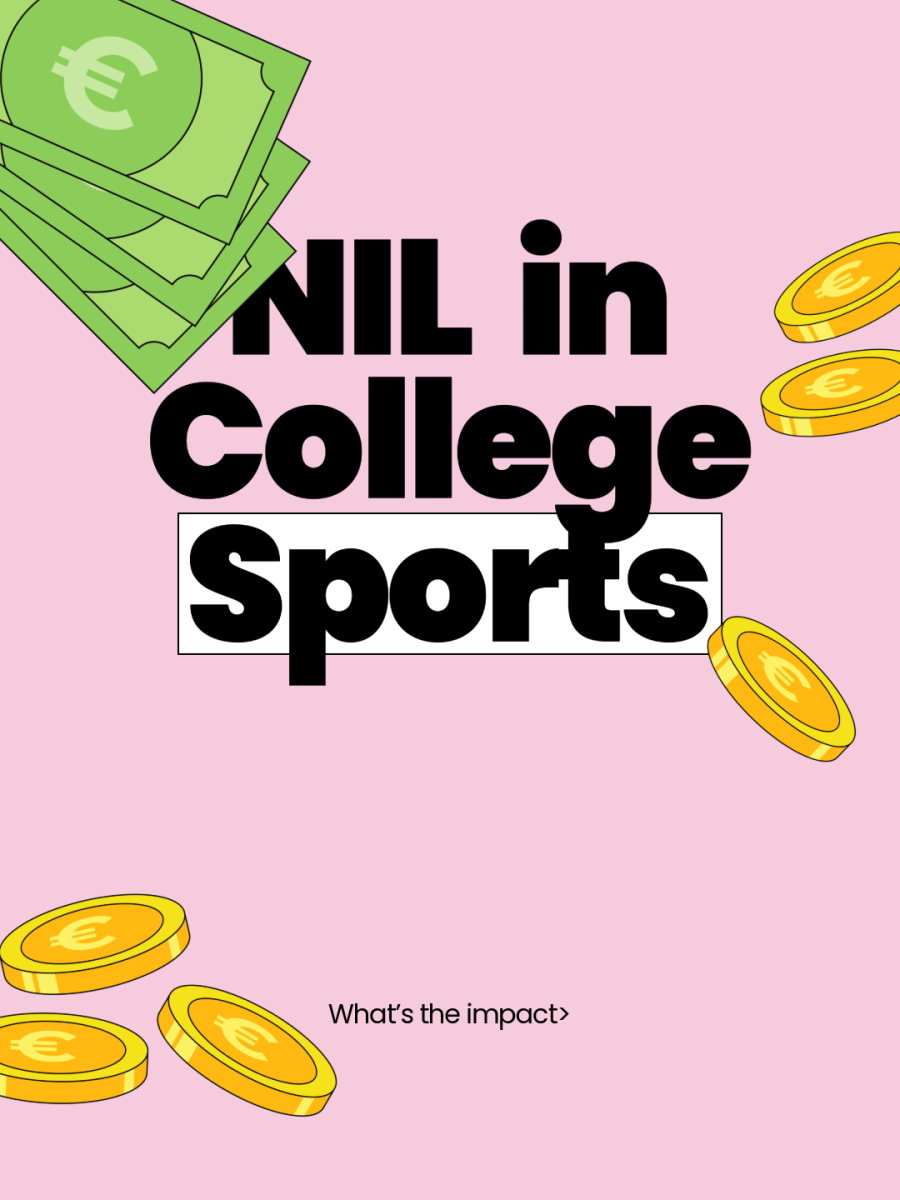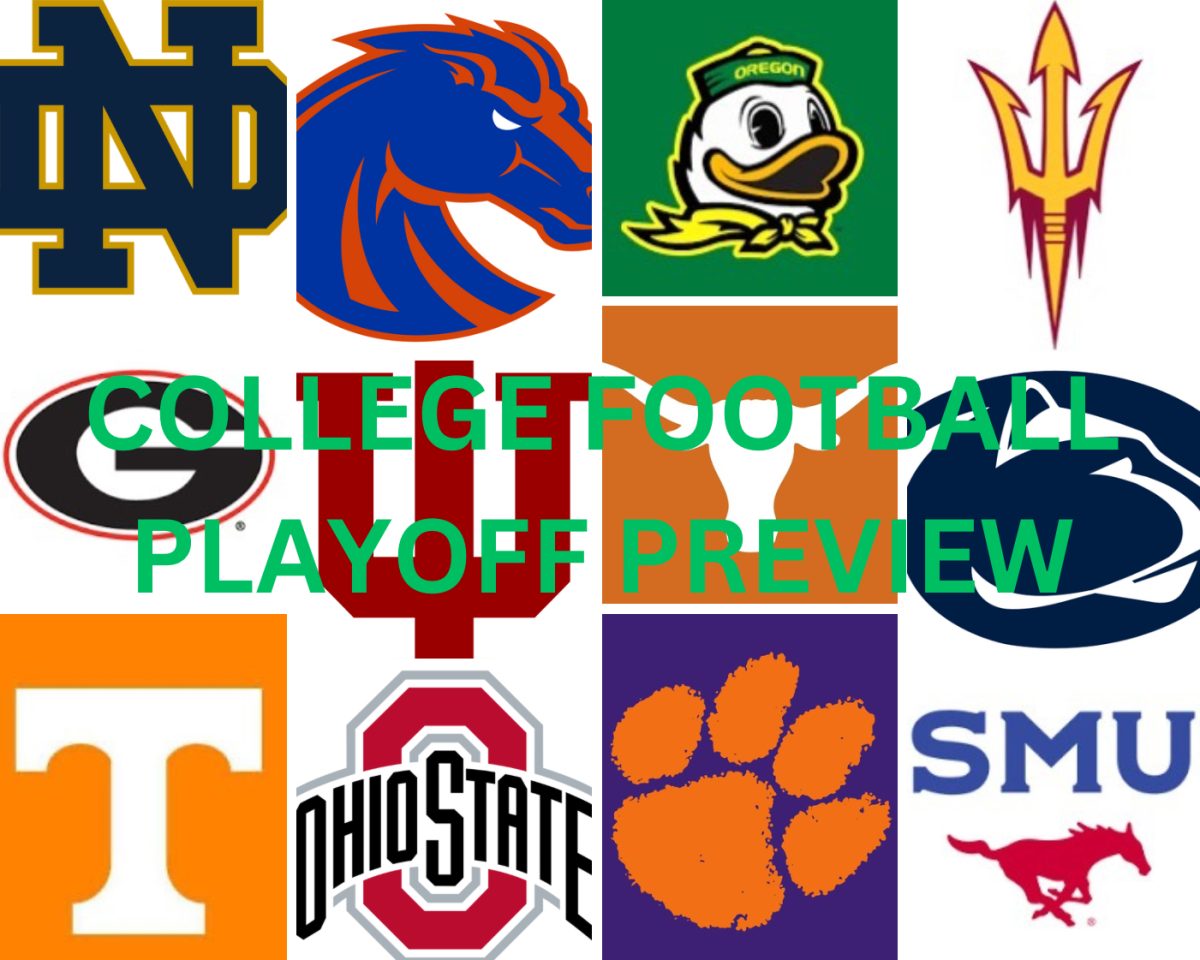In 2021, college football saw a monumental shift that forever changed the landscape of collegiate athletics. The introduction of Name, Image, and Likeness (NIL) rights allowed college athletes to profit from their personal brands, a privilege previously denied under the amateurism model that had governed college sports for over a century. While the move was hailed as a step toward fairness and reform, it has created unintended consequences that threaten to upend the balance of college football. As NIL deals continue to grow in importance, the lack of regulations has raised serious concerns about competition, fairness, and ethics within the sport.
Historically, college athletes were restricted to receiving only scholarships, despite the massive profits generated by their performances. Major football programs like the University of Alabama and the University of Texas have long raked in millions of dollars through television contracts, ticket sales, and merchandise. Yet, the athletes whose talents fueled this revenue were often left with little beyond their academic stipends. The arrival of NIL, which allows players to sign endorsement deals and make money from their social media platforms, has provided athletes the financial opportunity they had long been denied.
However, while NIL has provided some much-needed compensation for athletes, it has also introduced new issues, most notably the growing inequality between schools. The competitive imbalance between high-profile schools with large financial resources and smaller programs is becoming more apparent by the day, and the lack of consistent rules has caused some of the most significant concerns in college football today.
Before NIL, many college athletes, especially football players, struggled to meet the financial demands of a college education. While scholarships covered tuition and some living expenses, many athletes were left to cover costs like textbooks, travel, and personal expenses on their own. NIL has offered a lifeline for some, allowing athletes to turn their popularity into income through sponsorships and social media partnerships.
But the opportunities are not evenly distributed. Top athletes at powerhouse programs in states with progressive NIL laws have lucrative opportunities to sign endorsement deals, sometimes worth millions of dollars. Players in states with stricter regulations, however, may find themselves struggling to earn anything close to that amount. This disparity has led to accusations that NIL is just another form of exploitation, with the rich getting richer while smaller programs are left in the dust.
The growing reliance on NIL as a recruitment tool is beginning to reshape the entire recruiting process in college football. With booster donations and alumni backing playing a larger role than ever, some schools have the financial power to offer enormous sums to prospective recruits, tipping the scales in their favor. At schools like the University of Texas, recruits are being offered six-figure deals, luxury cars, and endorsement contracts as part of their NIL agreements. Smaller schools simply cannot compete with that kind of financial muscle, creating an uneven playing field.
This disparity was particularly evident during the 2023 season, when Ohio State spent over $20 million on their roster to attract top-tier talent through the transfer portal, including several All-American players. Meanwhile, smaller programs like Boise State, with much smaller NIL budgets, struggled to compete at the same level. As a result, programs with deep pockets and wealthy alumni are increasingly able to stack their rosters with top talent, while smaller schools are left to pick up the scraps.
While NIL was designed to empower athletes, it has also opened the door to new forms of tampering. In the past, tampering—improperly recruiting players who were already under contract—was a violation of NCAA rules. Now, however, financial incentives in the form of NIL deals have become an integral part of recruitment, and schools or boosters are often accused of reaching out to players before they even enter the transfer portal.
The issue of tampering has become a major concern for coaches, as players are increasingly motivated by lucrative financial offers rather than team loyalty or personal development. The situation has led some coaches, like Alabama’s Nick Saban, to express concerns that NIL has shifted the focus of college football away from traditional values like player development and teamwork, toward a “pay-for-play” system that resembles professional sports more than college athletics.
The growth of NIL in college football has exposed glaring gaps in oversight and regulation. While some states have implemented robust NIL laws, others have lagged behind, leaving athletes with inconsistent opportunities based on where they play. Worse still, the NCAA, which oversees college sports, has failed to provide clear guidelines or enforcement regarding NIL deals, leaving the system open to abuse.
To restore fairness to the system, experts argue that more comprehensive regulations are needed to ensure that all athletes are able to benefit from NIL opportunities equally, regardless of the size of their school or the financial power of their boosters. Without clearer rules, the NIL system risks undermining the integrity of college sports and turning college football into a battleground where the wealthiest schools have the upper hand.
As NIL continues to evolve, it is clear that the system is far from perfect. While it has provided college athletes with the opportunity to profit from their names, images, and likenesses, it has also created new challenges, from increased competition between schools to the rise of tampering and ethical concerns. The question now is whether the NCAA and lawmakers will step in to regulate NIL in a way that ensures fairness and transparency, or whether college football will continue to move toward a system where the rich get richer, and the smaller programs are left behind.
The introduction of NIL was a significant step forward in the fight for athlete compensation, but as the dust settles, it’s clear that the system must evolve further if it is to remain fair, ethical, and true to the values of college sports. Until that happens, college football will continue to be defined by this new financial era—one where big money and big boosters hold the keys to success.






